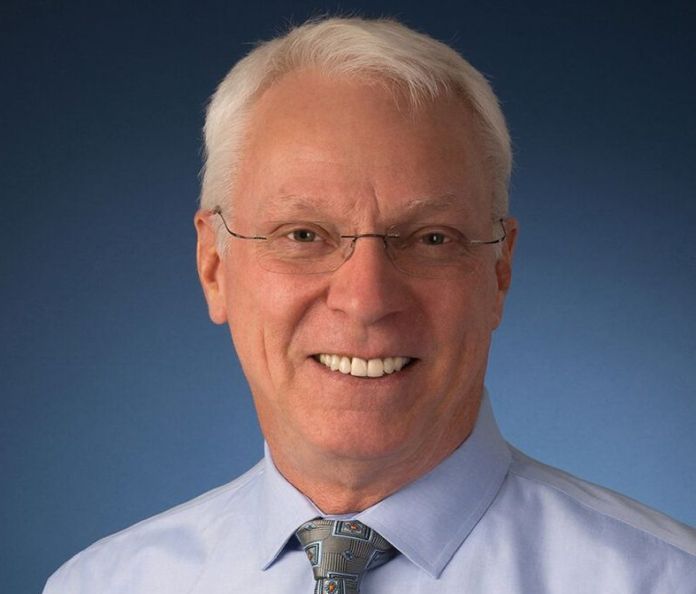RALEIGH, USA – As humans, we gravitate toward easily accessible areas, tools, and products. Context and rewards are the driving factors behind our decision-making process and the building blocks of our daily habits. While context and rewards are positive traits that lead a customer, person, or organization to do something, friction is the biggest barrier for all of these players.
Friction can be several things. Physical distance and timing are two major examples. If a person is hungry and looking for food to eat, they will most likely purchase something nearby that can be obtained quickly. As a result, identifying friction in a business is a key way to enhance productivity and long-term success.
Dr Steve Steff, an executive coach and leadership consultant who is the founder and president of transforming leadership provides a workshop on how to eliminate friction in your organization. His extensive expertise in business strategy, psychology, and coaching enables him to provide clear solutions for friction that leaders can immediately implement in their organizations.
“We don’t spend enough time identifying how friction prevents our goals from happening,” says Dr Steff. “Employees are prevented from becoming more productive and customers are lost because of these hindrances. The more time we spend identifying how to make it easier to buy, we simultaneously learn how to make our products and services easier to sell.”
In a world where we are constantly bombarded with external stimuli, friction can exist anywhere. However, to understand how it manifests throughout your business, you must ask, ‘What keeps you from getting things done?’. The most interesting part of this question for Dr Steve is that the answer can describe internal or external roadblocks. Employees may report complex, inconvenient technology workflows and customers might say that the product or service is difficult to use or find. This type of input is vital to understanding the customer or employee experience and pinpointing where things go wrong.
Dr Steve’s workshop on friction highlights the most effective ways to eliminate friction and increase sales through a habit-building system. Humans spend almost half of their day performing habits. Repeating learned behaviors is frictionless, which is why organizations must tap into the three bases of habit formation to unlock success.
Context, friction, and rewards are the three categories of habit formation. As stated previously, friction involves inconvenience and difficulty that decreases the likelihood of someone performing a behavior. On the other hand, context and rewards do the opposite. The specific situation or environment that you’re in inherently determines your behavior. Rewards are a major driver of habit formation. People build their lives around activities that bring them joy and unexpected boosts of dopamine.
To leverage the three pillars of habit formation, businesses must make their product or service accessible, satisfying, and convenient. Fast food chains in the United States have perfected this formula by utilizing drive-thrus, low prices, and memorable flavors. Many of them have also taken steps to reduce friction by using simple phrases such as ‘Would you like fries with that?’. Tech startups offering ride shares have taken similar approaches to multiply customer attraction. By simplifying app interfaces and scheduling rides in advance, booking a car has become effortless and enjoyable. These seemingly trivial actions bring significant results when they are aligned with psychology.
About 95 percent of all humans’ purchasing decisions are made from a blend of the emotional and reptile brains. Since fear, greed, curiosity, and fun are part of our emotional brain, we buy things to soothe or trigger these emotions. The reptile brain, also known as the primal brain, feeds into these emotions through its survival instinct. Therefore, eliciting these intuitive emotions throughout the buying process will increase sales. When friction is also reduced, drastic financial improvement occurs.
Dr Steve suggests brainstorming to begin your friction reduction process. He encourages clients to compile ideas, discuss them, select the most viable, and build an action plan. After implementation, frictionless customer journeys and employee experiences can bring life-changing results in the form of revenue and engagement boosts.
Dr Steve O. Steff – info@tleadership.com





